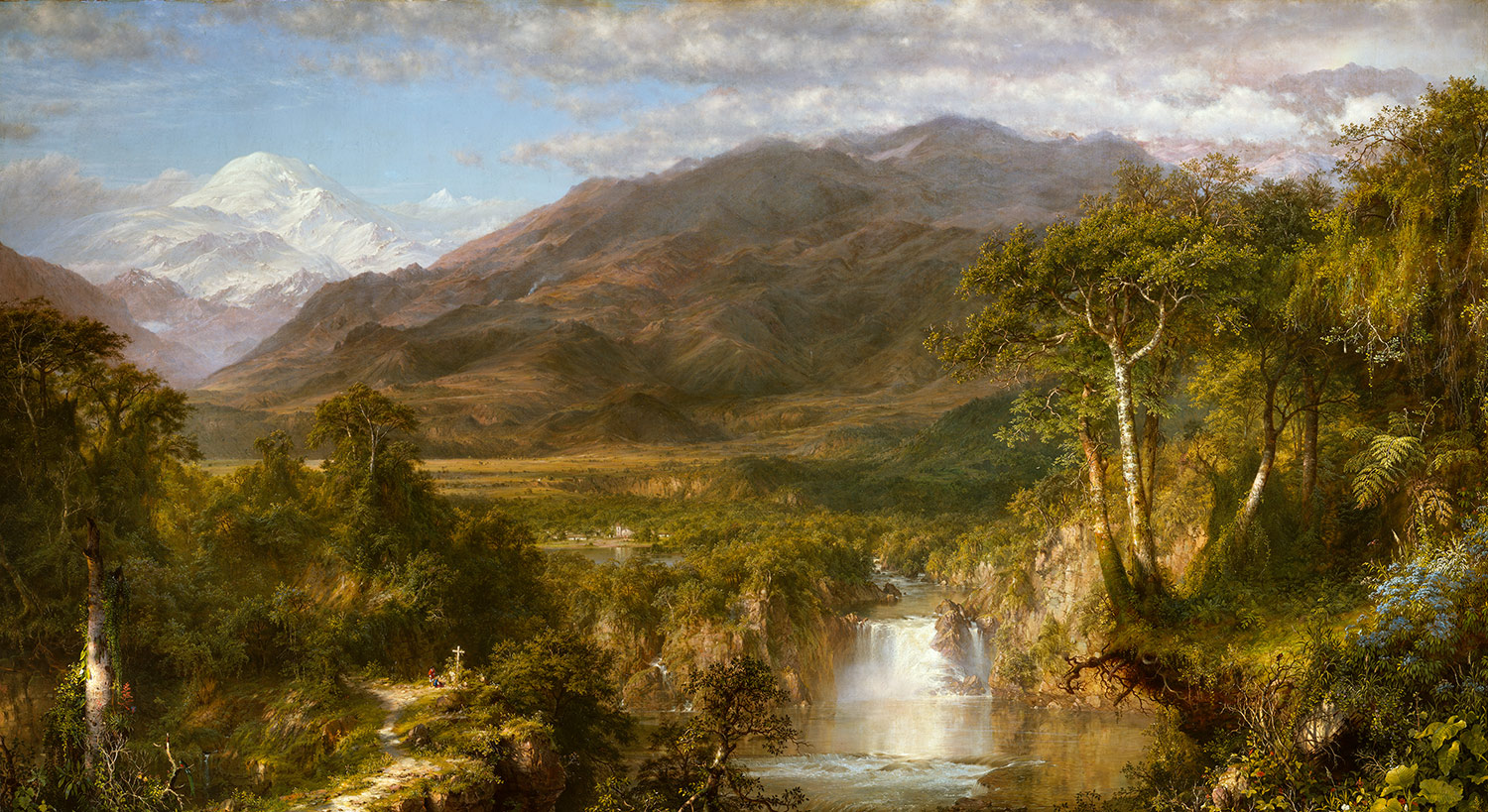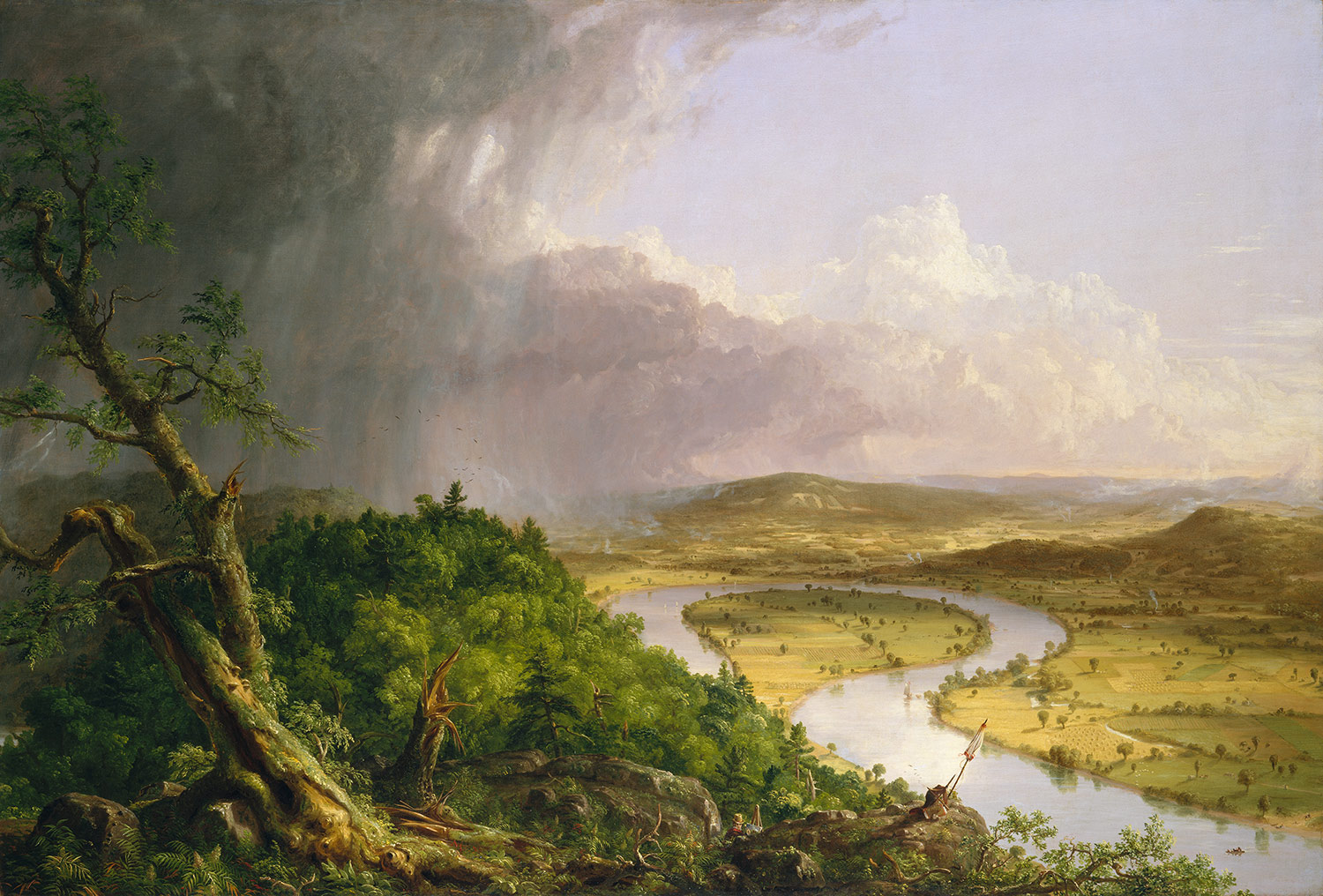Hi class,
Here is a dissertation I found which relates to the lectures we had in class today entitled
It is called "Environmental Documentary Film: A Contemporary Tool for Social Movement" by Rachel Elizabeth Gregg. ( http://etd.lib.umt.edu/theses/available/etd-01162012-133641/unrestricted/Gregg_Rachel_ProfessionalPaper.pdf )
As I was reading the introduction, one sentence stood out to me:
"Environmental documentary film has the ability to dramatize the reality of environmental issues and empower audiences to become an active part of the change necessary to address environmental crises."
I thought that this sentence truly illustrates the effect documentaries have / aim to have, and this is the secret to their success.
The music, the well-chosen and well set-up clips, the narration, they all contribute to the film's dramatic effect. Environmental docus are notorious for showing graphic scenes and hi-lighting (without actually stating) the most extreme of situations. For example, in the seal video that we watched today, there is at least a minute dedicated to the scene of the shot and confused seal. This is obviously meant to target our deepest emotions and compassion and the whole clip seems as if it's a common occurrence. In reality, it probably is not.
Secondly, documentaries make us feel as if we can be and are a a part of something big, something revolutionary. That inspires people to act towards the cause.
Take for example, the KONY 2012 wave the past year. The 25-min or so film evoked sympathetic reactions from millions and millions of people all over the world. In just hours, kids, teens, adults were all purchasing "KONY kits" and plastering posters in the streets. Most of these people knew very little - only the information from the video - about the movement, yet, they still had significant reactions. I find it a common thread in documentaries to inflict guilt onto the viewers, then to make the viewers feel special, in a way that they can make a difference.
Unfortunately, this is quite a lengthy essay and I do not have the time to read all of it. It is, however, a very eye-opening essay that really exposes the different tactics documentaries use to attract the viewers. Maybe this will make a great suggested reading in the future.

 not only do they work to save baby seals, but they also have campaigns to save sharks, but most notably they have a show on animal planet called whale wars. this show is seeing the Japanese harpooning ships killing whales and the sea shepherds trying to stop them. Some of the things that they do go against international la, but they feel that it is their duty to protect the animals. Also what is interesting is like what we talked about in class with if animals feel pain, the way that they kill these animals (with first a modern harpoon, and if it struggles then a rifle) seems inhumane to me. Also, they follow pods, so in essence they will wipe out an entire family of whales just because whale meat is very profitable. Just another interesting side into the animal conservation debate
not only do they work to save baby seals, but they also have campaigns to save sharks, but most notably they have a show on animal planet called whale wars. this show is seeing the Japanese harpooning ships killing whales and the sea shepherds trying to stop them. Some of the things that they do go against international la, but they feel that it is their duty to protect the animals. Also what is interesting is like what we talked about in class with if animals feel pain, the way that they kill these animals (with first a modern harpoon, and if it struggles then a rifle) seems inhumane to me. Also, they follow pods, so in essence they will wipe out an entire family of whales just because whale meat is very profitable. Just another interesting side into the animal conservation debate





















